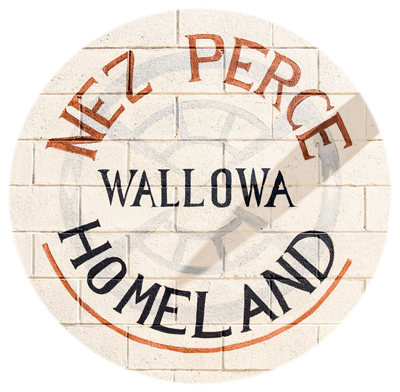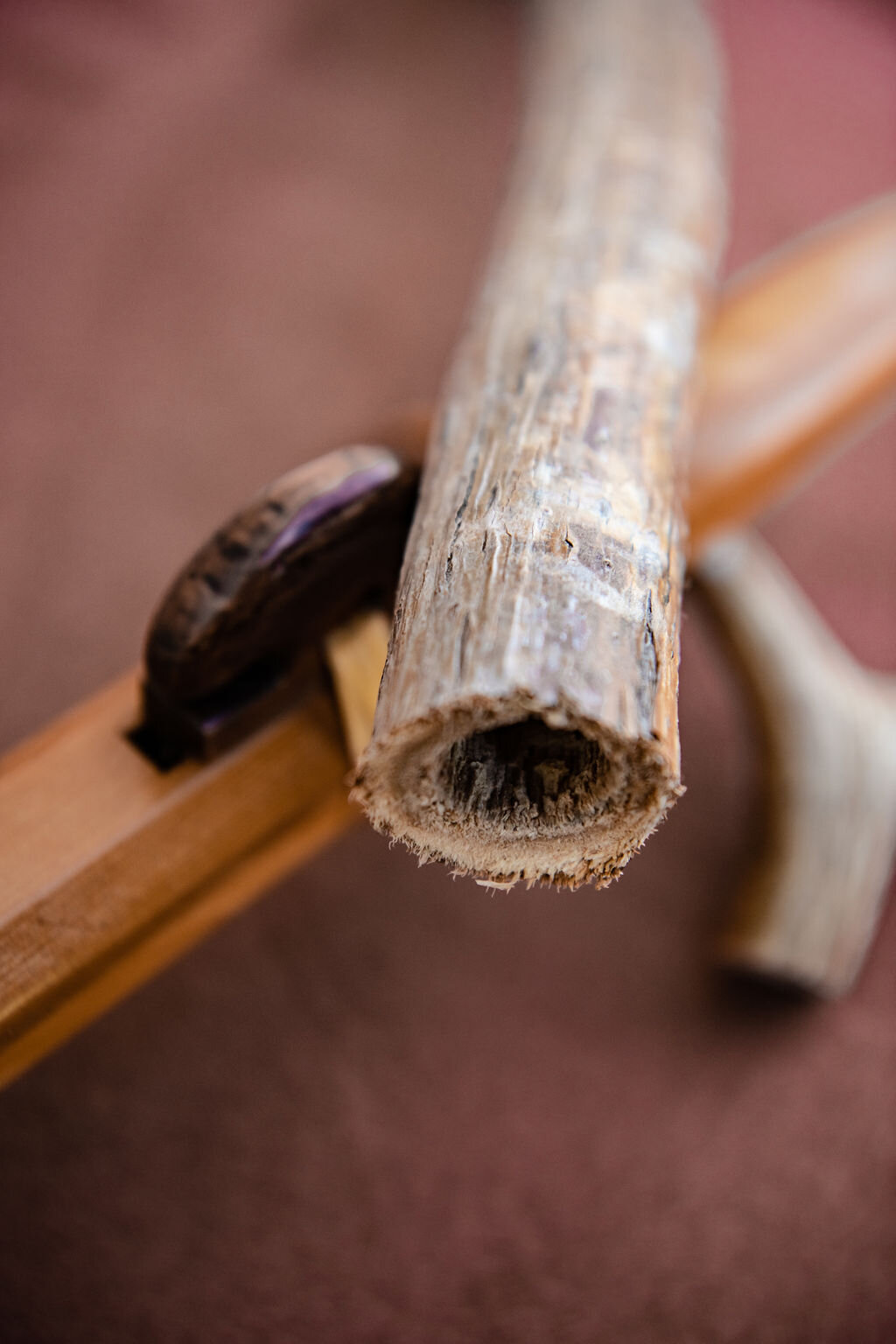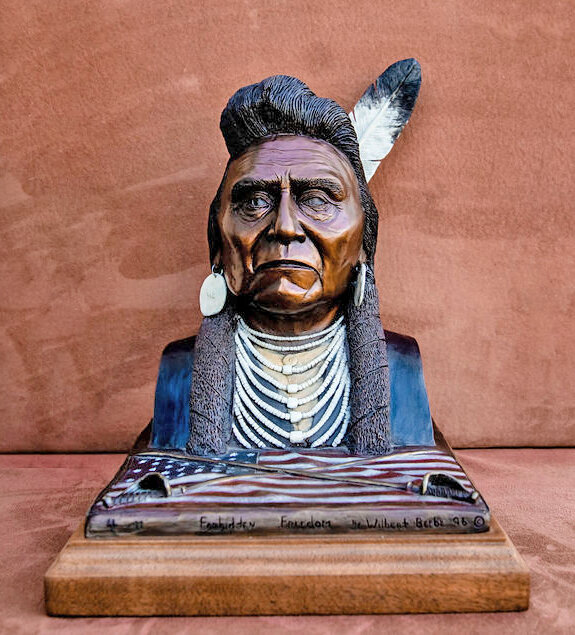This Virtual Exhibit Tour was made possible by funding from the Oregon Cultural Trust, Oregon Humanities, the National Endowment for the Humanities (NEH), and the Federal Cares Act. Funding has been provided to the Nez Perce Wallowa Homeland from Oregon Humanities and the National Endowment for the Humanities (NEH) as part of the 2020 Coronavirus Aid, Relief and Economic Security (CARES) Act of 2020.
Any views, findings, conclusions, or recommendations expressed in this exhibition do not necessarily represent those of the National Endowment for the Humanities.

















